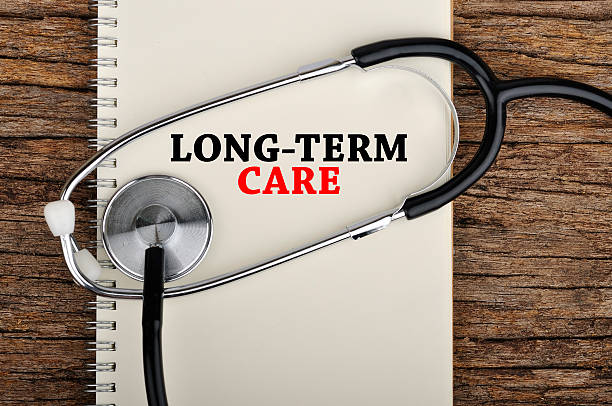The Free Market is Actually Working in Health Care
In spite of the inability of Congress to pass health care reform and in spite of people on the left firmly believing that the free market can’t work in health care, there is mounting evidence that the health care system in the U.S. does respond to free market inputs. Specifically, hospital groups are now competing for patients on a cost basis by constructing more outpatient facilities.
Over half of Americans receive their health insurance through their employer or their spouse’s employer. As insurance premiums have increased over the past 15 to 20 years, employers have shifted a greater percent of the cost of health insurance on to their employees, including the greater use of high-deductible plans. Even Medicare has placed a (marginally) higher financial demand on enrollees.
As patients become more financially involved with their health care, hospital systems have shifted to the construction and utilization of more outpatient facilities, which provide the same services but at a lower cost than inpatient hospitals. According to the American Hospital Association, inpatient facilities have increased 10 percent whereas outpatient clinics have increased 80 percent since 1994. (here)
No centrally-planned, government-run system can move as quickly and be as responsive to demands as the free market. Canada, for example, the poster-child of government health care, has almost 30 percent fewer outpatient visits than the U.S. (here)
Innovative, cost-saving ideas can work in our health care delivery system, but they can’t be centrally-planned. Government should provide a safety net for the most vulnerable Americans. Just like in other economic areas, bureaucrats should then step back and allow patients, as consumers, to access these innovations and make their own health care decisions in a free market.







